Surfrider’s 2019 Beach Cleanup Report
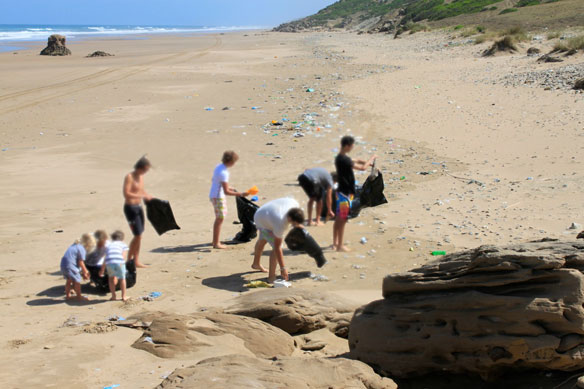
Surfrider released the 2019 Beach Cleanup Report today, confirming that plastic is the most common material found on the beaches and the percentage of microplastics continues to increase. Nine out of the top ten items collected on the beaches were plastic, and 25% of all items collected were plastic fragments smaller than a dime.
Coronavirus and the return of plastic – in pictures
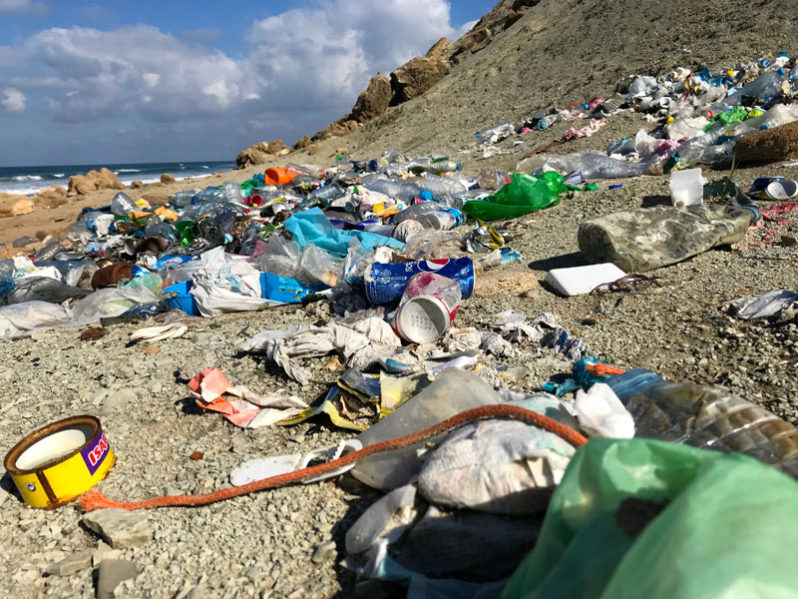
Until recently it was possible to imagine the end of plastic, but Covid-19 has changed the game. Since the pandemic started, there has been a significant increase in plastic waste.
What happens to the plastic we throw out
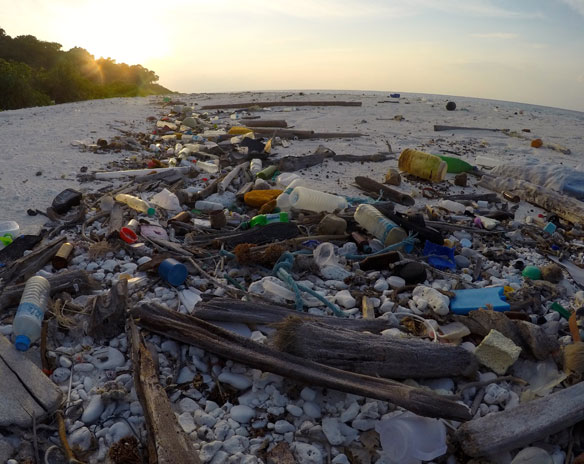
How a piece of trash can travel from land to Henderson Island, an uninhabited, remote island in the middle of the South Pacific Ocean.
Plastic Free July – 2020
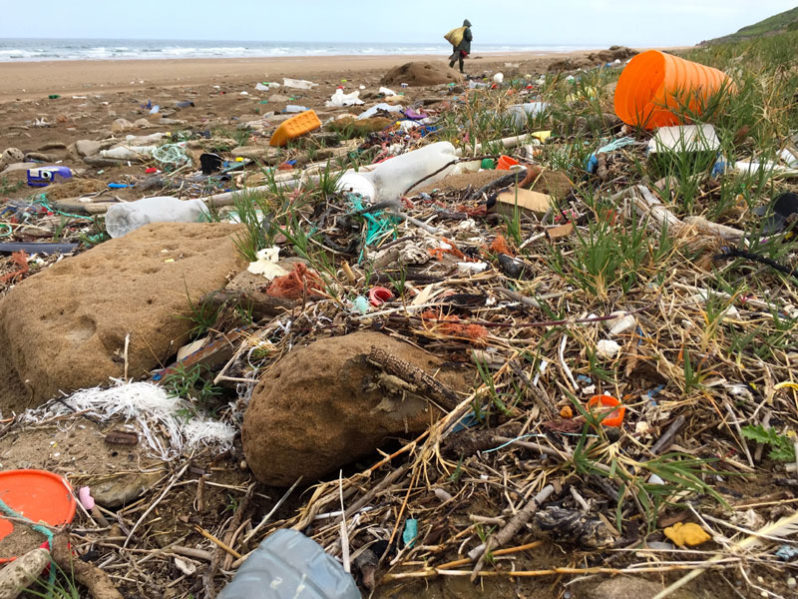
Plastic Free July is a global movement that helps millions of people be part of the solution to plastic pollution – so we can have cleaner streets, oceans, and beautiful communities. Will you be part of Plastic Free July by choosing to refuse single-use plastics?
Plastic bag bans are spreading. But are they truly effective?

“The unprecedented plastic waste tide plaguing our oceans and shores, can become as limited as our chosen relationship with plastics, which involves a dramatic behavioral change on our part…”Captions and Photograph: © SAF — Coastal Care Excerpts; Often described as the world’s number one consumer product, as well as the most ubiquitous, shopping bags are […]
A Net Plus | Giving Discarded Fishing Nets a New Start; A Video
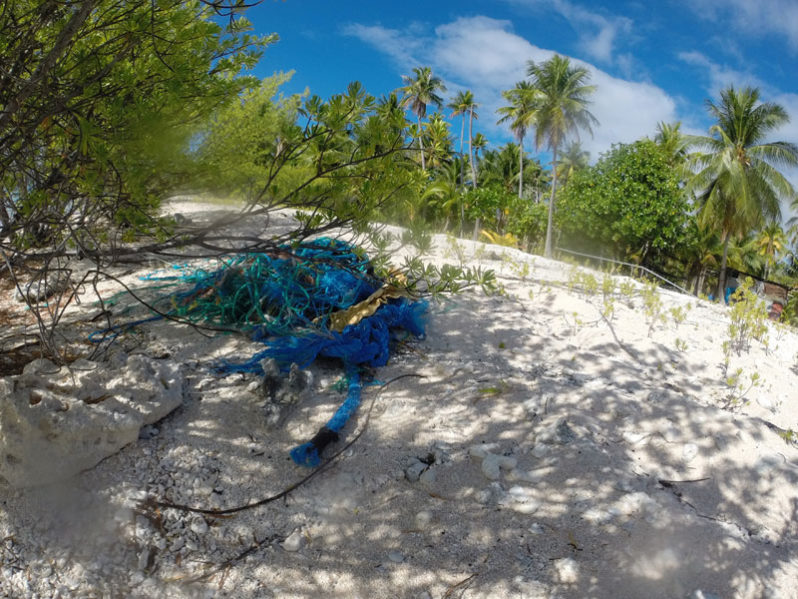
Discarded fishing nets are one of the most harmful forms of ocean plastic pollution…
Research in land plants shows nanoplastics accumulating in tissues

The latest findings provide direct evidence that nanoplastics can accumulate in plants. Plant accumulation of nanoplastics can have both direct ecological effects and implications for agricultural sustainability and food safety.
The many lifetimes of plastics

Infographics strive to give us a sense of how long plastic goods will last in the environment. But is this information reliable?
More than 1000 tons of plastic rains into Western US protected lands annually

Watershed researchers estimate more than 1000 tons of microplastics (equal to more than 123 million plastic water bottles) are deposited in national parks and wilderness areas each year.
